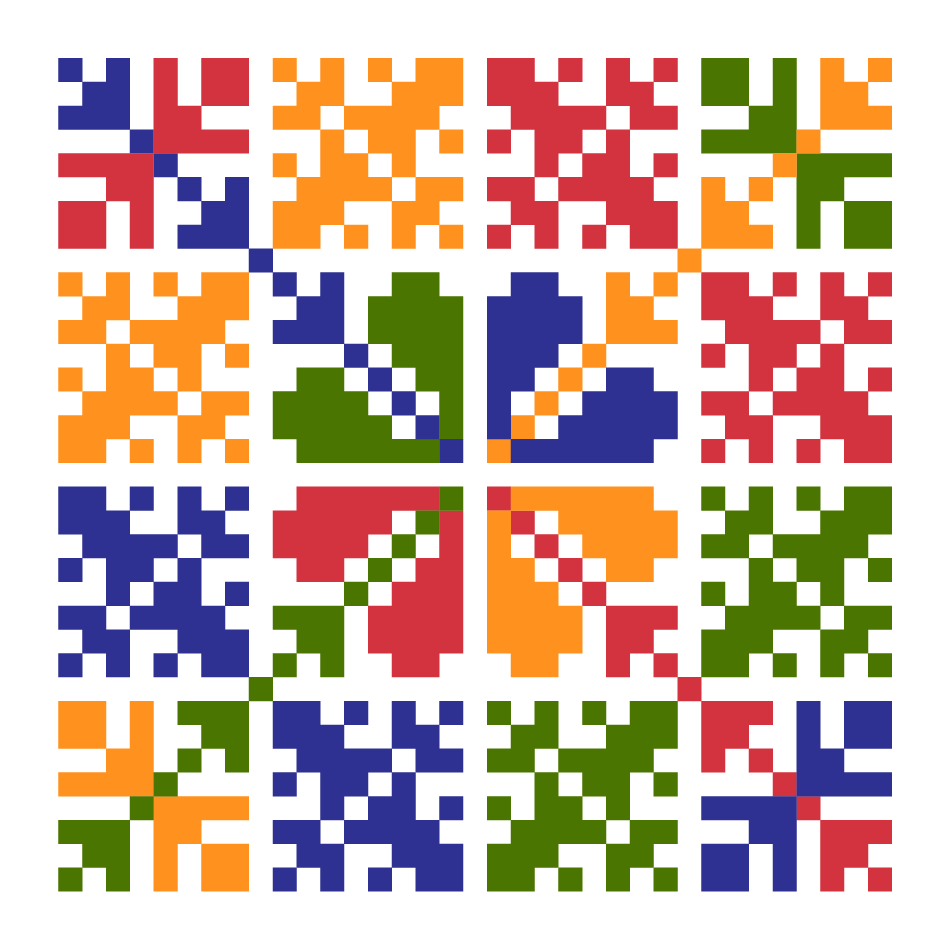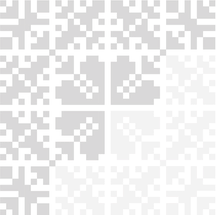C2 M3 L5 Vocabulary
2 | Modul 3: Vokabular
Kamo ideš?
2 | 3 | Lekcija 5: Moji interesi
| Aktivnosti
Kamo ideš?
rijeka | more | jezero |
plaža | šuma | trg |
Pay attention!
Locations such as: rijeka, more, jezero can go with both prepositions - u and na.
Look at the differences between the following sets of sentences.
Idem plivati u more. | Idem plivati u rijeku. | Idem plivati u jezero. |
When using the verb ići preposition u, these three sentences indicate the meaning that you will enter the water - you are indicating your action of swimming.
Idem na more. | Idem na rijeku. | Idem na jezero. |
When using the verb ići proposition na, as shown in the above sentence, you are sending a message that you are planning to take a trip, drive, bike, or walk towards the sea/river/lake.
Što radiš?
Organiziram zabavu. | Planiram izlet. | Plivam u moru. |
Kakvo je more?
More je hladno. | More je toplo. |
| Informal communication
Read the following communication one more time.
As you can see, to initiate an informal communication, you will most likely start with a general greeting. These might be:
Hej, hej (or simply “hej”) |
Pozz |
Bok / Bog |
Translated to English, these would simply mean “hi” or “hey.”
However, you can also see that our characters used:
→ Pozz iz Šibenika.
→ Pozdrav iz Sarajeva.
These are more than just “hey/hi.” These phrases can be translated in English as “Greetings from […].”
To finish your conversation, you will most likely encounter:
Pozz |
Čujemo se (kasnije). || English: Talk (later). |
Vidimo se (kasnije). || English: See you (later). |
As you can see, “pozz” [pozdrav] can be used to indicate: (1) hey/hi, but also (2) bye.
To wish someone a good time, you can use:
→ Uživaj (to a single person)
→ Uživajte (to a group of people).
Both forms in English can be translated as “Have a great time.”
| The question ŠTO (“what”).
Difference between ŠTO and ŠTA
In the above communication, Mario asked Laura “Šta radiš” (What are you doing?).
You learned that in Croatian a question form of WHAT is ŠTO. However, in everyday speech it is most likely that you will hear people saying ŠTA. This is a very common way of saying it. It is perfectly normal to say ŠTA in an informal setting. However, if you are in a more formal setting and you need to use the standardized language form, it is preferable to use ŠTO.
Images used in this document are from these sources.


